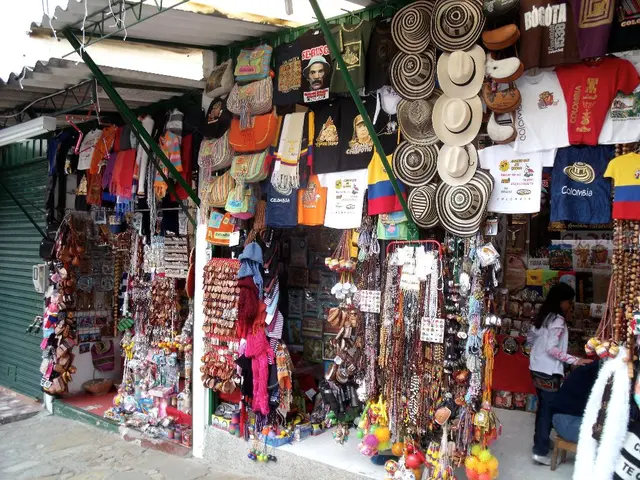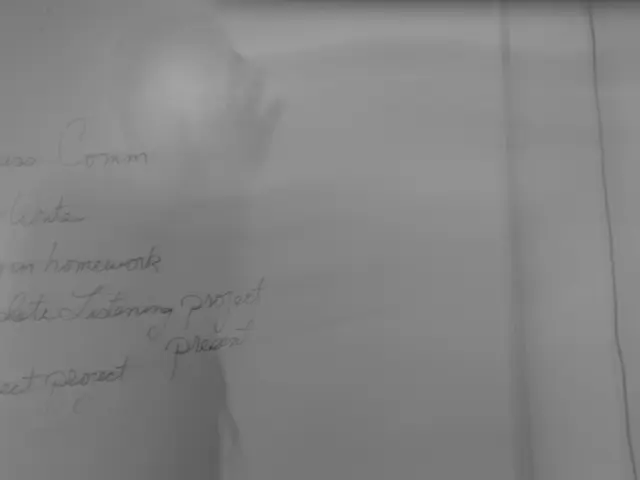Struggles persist for Saks Global amidst decreased sales and profit in Q1.
In the luxury retail sector, Saks Global is making strides to address significant hurdles in its vendor relationships and financial performance following the acquisition of Neiman Marcus Group at the end of last year. The combined company, now known as Saks Global, reported a 15.9% year-over-year revenue decline to $1.6 billion in Q1, with sales falling short of the combined $1.9 billion sales (Saks plus Neiman Marcus) in Q1 2024.
Financially, Saks Global entered 2025 in the red, grappling with profitability pressures as it undergoes a post-merger transformation. To stabilise operations, the company secured $600 million in financing from bondholders, a portion of which has been used to pay off overdue vendor invoices and resume shipments.
The strained vendor relationships, resulting from delayed payments, have prompted Saks Global to prioritise settling overdue accounts. Recognising the need to invest more in customer experience and vendor relationships, the company aims to restore its standing in the luxury market, which has been impacted by aggressive cash conservation measures.
In an effort to enhance buying decisions and customer experience, Saks Global has expanded its technological partnerships. The B2B assortment planning platform, NuORDER by Lightspeed, has been extended to include Neiman Marcus and Bergdorf Goodman alongside Saks Fifth Avenue. This move aims to drive smarter buying, faster market response, and more precise brand-aligned assortments to better meet changing luxury consumer demands.
Despite these efforts, Saks Global's financial performance remains challenging. Peers like Bloomingdale’s and Nordstrom have seen sales increases of over 10% in the same period, highlighting Saks Global’s loss of ground in luxury retail. CEO Marc Metrick acknowledged the company's continued inventory pressures and more cautious spending by core luxury consumers.
Customer counts at Saks Global overall were down, with some customers shifting to Bloomingdale's and Nordstrom. Saks Fifth Avenue experienced a significant revenue decline in the June quarter, while inventories stood at $2.1 billion, with gross merchandise value falling 13% to $2 billion. The company's gross profit margin remained flat at 44%.
Looking ahead, Saks Global is working on strengthening its collaboration with brand partners to repair troubled vendor partnerships. The company is also reportedly considering a sale of some of its properties to improve its balance sheet, hinting at the potential of its property holdings.
Sources: [1], [2], [3], [4]
[1] Bloomberg.com [2] CNBC.com [3] Forbes.com [4] WWD.com
Saks Global, in an attempt to address financial challenges and strengthen vendor relationships, resorted to securing $600 million in financing to settle overdue invoices and boost its operations. Realizing the importance of investing in technology and customer experience, they expanded their B2B assortment planning partnership with NuORDER by Lightspeed, aiming to improve their buying decisions and meet changing luxury consumer demands. However, despite these efforts, the company continues to grapple with financial difficulties, watching competitors like Bloomingdale’s and Nordstrom achieve sales increases of over 10%, indicating a loss of ground in the retail industry.




